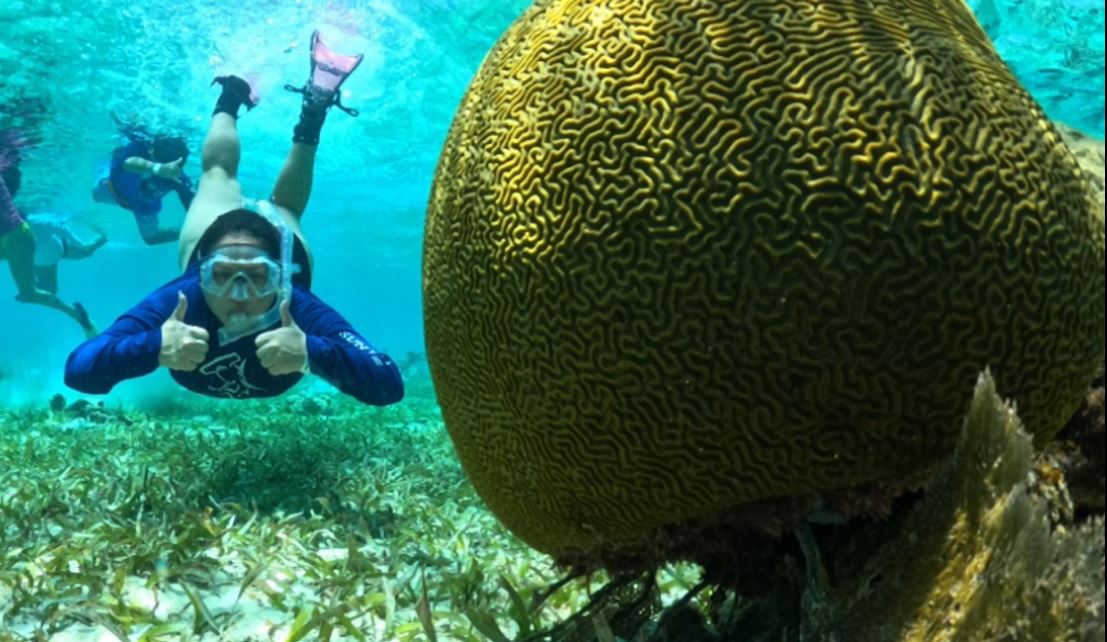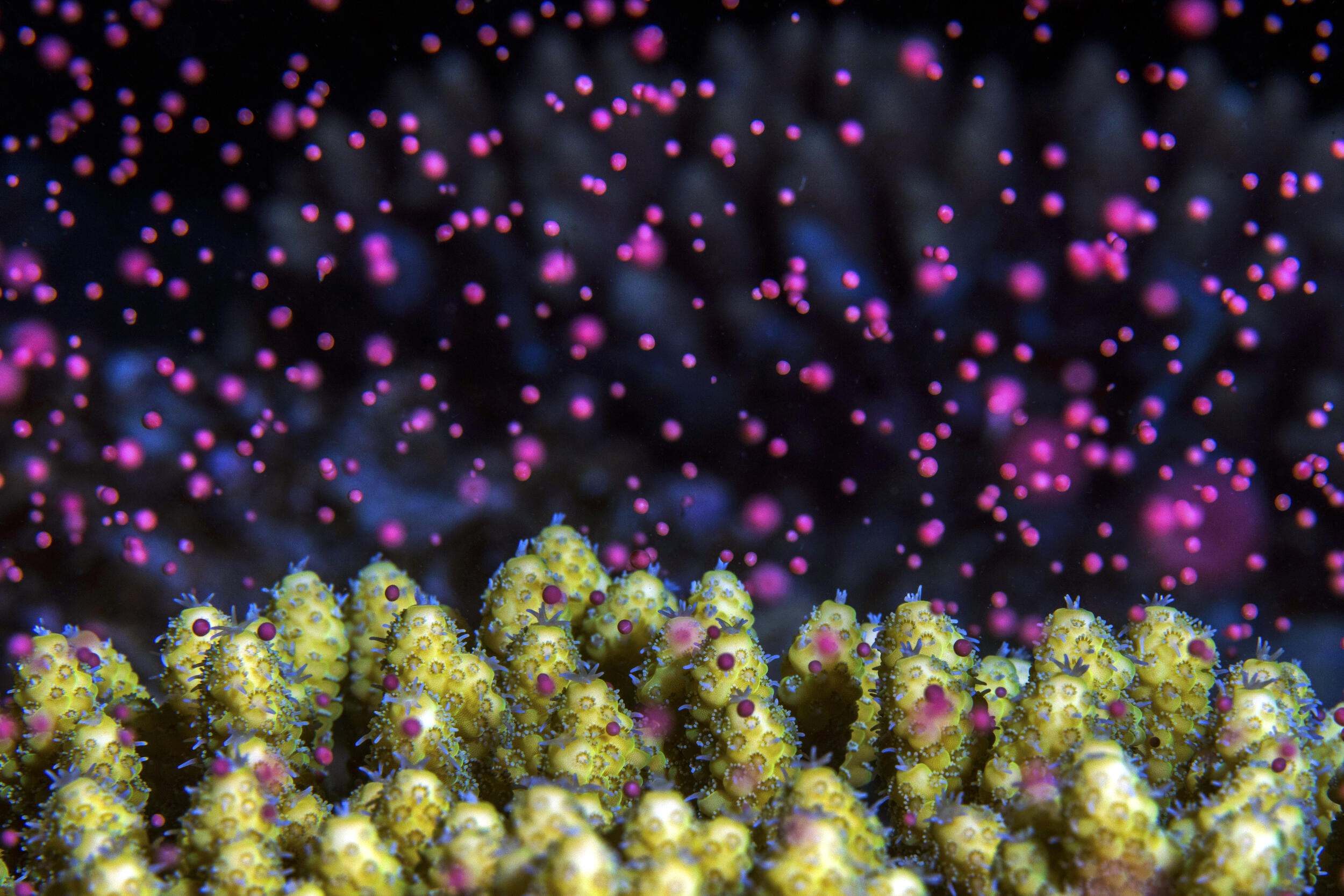This study installed and surveyed 30 permanent sites replicated at two depths off Kauai, Oahu, Maui, Molokai, Kahoolawe, and Hawaii. These sites varied in numerous ways including depth, habitat complexity, coral cover growth forms, and degrees of marine protection. Both environmental parameters and management regimes impacted the characteristics of fish assemblages. For example, rugosity, live lobate coral cover, and areas protected from fishing influenced species richness. Additionally, location within the protected areas also explained variation in species richness, biomass, and diversity. This paper has implications for marine reserve design and stresses the importance of considering habitat requirements, life histories, and fishing pressure when designing reserves. Areas with diverse habitats that can support a variety of fish species are also likely to be effective. The paper is of particular importance to MPA designers.
Author: Friedlander, A.M., E.K. Brown, P.L. Jokiel, W.R. Smith, and K.S. Rodgers
Year: 2003
View Abstract
Email for the full article: resilience@tnc.org
Coral Reefs 22: 291-305. doi:10.1007/s00338-003-0317-2


